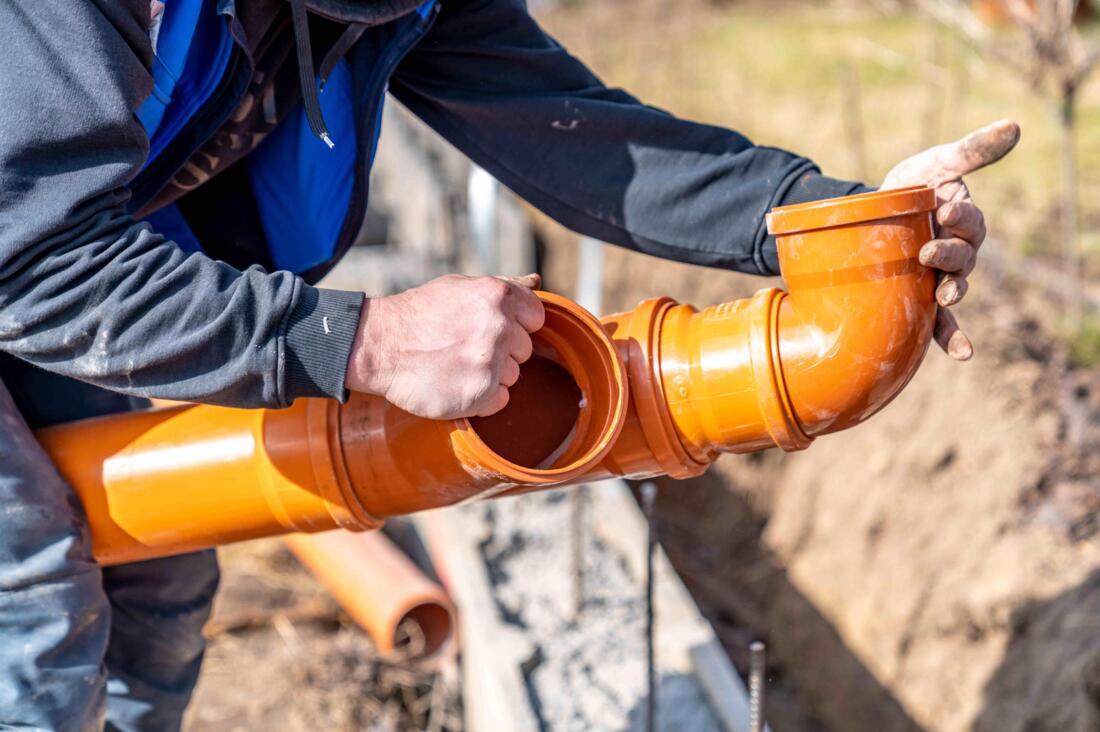To avoid clogs, backups, and health risks, remember to take care of your home's sewer line. Refrain from disposing of harmful substances, utilize enzymatic cleaners, and arrange for regular inspections by professionals. Make sure to put drain strainers in place and consider carefully what you are flushing to maintain optimal performance.
Comprehending the Sewer Line of Your Residence
The sewer line in your house is an essential part of your plumbing setup, tasked with transporting wastewater from your home to underground sewer mains. Yet, numerous homeowners may not realize the risks and unhygienic situations that may occur if the sewer line is not adequately looked after. With time, various substances like cooking oil, hair, and other debris can build up in the pipes, causing blockages and possibly dangerous sewage overflows. These overflows not only result in foul smells and potential harm to your property but can also present significant health hazards by subjecting your home to harmful bacteria and pathogens.

Methods for Maintaining Sewer Lines
Maintaining a clean sewer line is crucial for promoting a safe and healthy living environment. Consistent upkeep is important in order to avoid blockages caused by debris accumulation. It is recommended for residents to refrain from disposing of grease, coffee grounds, and fibrous substances into the sink. Furthermore, the application of enzymatic cleaners can assist in breaking down potential blockages by utilizing natural bacteria to degrade organic matter without harming the pipes. It is advisable to have a qualified plumber inspect and clean the sewer line every couple of years to guarantee it functions properly.

Preventive Steps for Maintaining Sewer Line Integrity
In addition to routine upkeep, taking proactive measures with your drains is important. By using drain strainers to trap hair and other debris, you can prevent them from clogging your sewer line. It's also essential to be mindful of what you flush down the toilet; even items labeled as flushable, like wet wipes, can cause blockages and should be thrown in the trash instead. By following these easy guidelines, you can maintain a clean and properly functioning sewer line, steering clear of unpleasant and potentially expensive problems caused by neglect.
Understanding the Signs of a Clogged Sewer Line
Recognizing the signs of a clog early can save homeowners significant trouble and expense. Common indicators include slow draining sinks, gurgling noises from toilets, or foul odors emanating from drains. If you notice water backing up in sinks or bathtubs, it’s essential to take action immediately. Ignoring these symptoms can lead to more severe blockages and costly repairs. Moreover, if multiple drains are affected simultaneously, it may indicate a more significant issue within the main sewer line. Understanding these warning signs is crucial for timely intervention.
The Importance of Regular Sewer Line Inspections
Regular inspections of your sewer line can prevent minor issues from escalating into major problems. A qualified plumber can use video camera technology to assess the condition of your pipes, identifying cracks, tree root invasions, or buildup that may not be visible from the surface. This proactive approach allows for early detection and repairs, which can be significantly less costly than emergency repairs later on. Scheduling these inspections every few years is a small investment that can save homeowners from the stress and financial burden associated with sewer line emergencies.
Debunking Myths About Sewer Line Maintenance
Many homeowners hold misconceptions about sewer line maintenance that can lead to poor decisions. One common myth is that flushing certain products labeled as 'flushable' is safe for sewer systems. In reality, these products often do not break down as intended and can contribute to significant clogs. Another myth is that all drain cleaners are effective; in fact, harsh chemicals can damage pipes over time. Educating yourself on these myths can help maintain a healthy sewer system and prevent costly repairs. Avoiding these pitfalls ensures that your plumbing remains in good working order.
How Tree Roots Affect Sewer Lines
Tree roots are a common enemy of sewer lines, often infiltrating pipes in search of moisture. This can lead to significant blockages, breaks, or even complete collapses of the sewer line. Homeowners should be aware of the types of trees planted in proximity to their sewer lines and consider the potential risks. If you notice slow drainage or frequent backups, it may indicate root intrusion. Professional plumbers can provide trenchless solutions to remove roots without extensive digging. Regular maintenance and awareness can help mitigate these risks, ensuring the integrity of your sewer system.
The Role of Local Regulations in Sewer Maintenance
Local regulations and codes regarding sewer maintenance can impact how homeowners manage their sewer lines. Many municipalities have specific guidelines for what can be flushed or disposed of in drains, aimed at protecting the public sewer system. Understanding these regulations is crucial, as non-compliance can lead to fines or increased liability for damages caused by improper disposal. Homeowners should familiarize themselves with these local rules and consider them when implementing maintenance practices. Compliance not only protects your home but also contributes to the overall health of the community's plumbing infrastructure.
Emergency Measures for Sewer Line Issues
In the event of a sewer line emergency, knowing what steps to take can mitigate damage and health risks. First, cease all water usage immediately to prevent further backup. Next, contact a professional plumber who specializes in emergency sewer line repairs. It’s also wise to have a basic understanding of your home’s plumbing layout to provide the plumber with useful information. Lastly, avoid attempting DIY fixes for severe issues, as improper handling can exacerbate the problem. Staying calm and informed during emergencies can lead to quicker resolutions and less stress.
AI-Assisted Content Disclaimer
This article was created with AI assistance and reviewed by a human for accuracy and clarity.